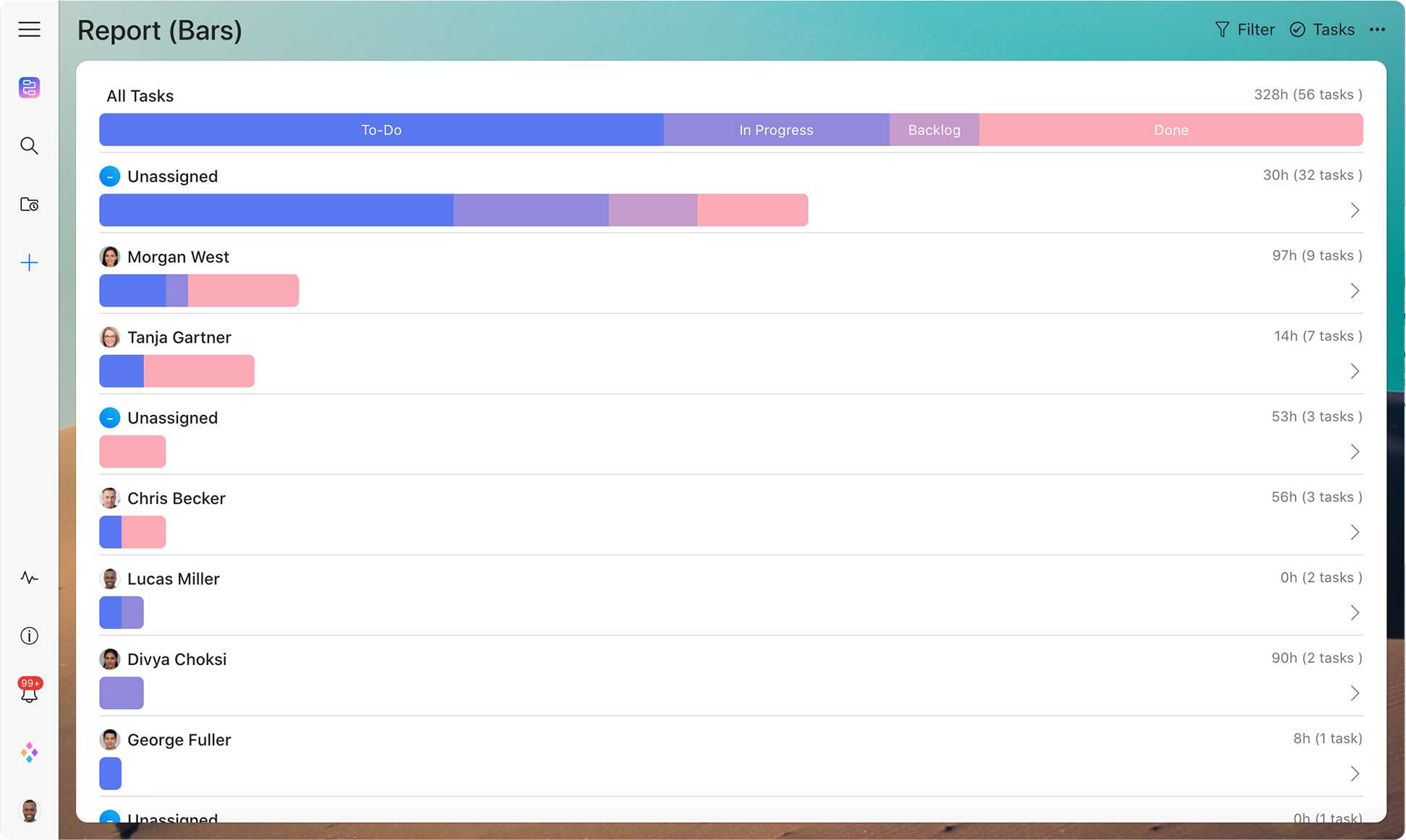
The COVID-19 pandemic revealed a truth that was already bubbling beneath the surface of corporate America: a strict office schedule isn’t necessary for success. In some cases, it can even get in the way of employee productivity.
That’s part of why many employers, despite ushering their employees back to the office, are leaning into flextime policies. Let’s break down what flextime policies are, how they work, and why you should offer them to your employees if possible.
Flextime Policies Explained
Flextime is best understood as a flexible scheduling arrangement. In a nutshell, it gives both full and part-time employees the option to adjust or modify the hours they work in a given workday. Depending on the company, flextime policies can be more comprehensive or fairly limited; in either case, it doesn’t lock employees into ironclad work schedules.

Say that you previously had a corporate policy that mandated all employees had to be in the office from 8 AM to 5 PM, no matter what and no questions asked. However, when you implement a flextime scheduling policy instead, you give employees the option to arrive at work at 9 AM and work until 6 PM instead. Alternatively, you might allow employees to come in at 7 AM and work until 4 PM if that works better for them.
Bottom line: flextime means more flexible time for your employees, plain and simple.
What Are Chronotypes? And Are They “Real”?
Flextime policies have sprung up as a result of new understandings of the human circadian rhythm, especially the fact that humans have different “chronotypes”.
The circadian rhythm is essentially your biological clock. Most humans have a circadian rhythm that roughly works like this:
- We rise with the sun, typically between 6 AM and 8 AM depending on the season
- We have an afternoon slump in energy around 1 PM to 3 PM when we might want to take a nap
- We get another burst of energy between 5 PM and 7 PM
- We’re ready for bed when the sun sets, usually between 8 PM and 10 PM
However, some people have different chronotypes. For example, “night owls” are folks whose circadian rhythms cause them to have a burst of energy at night, while they feel sluggish in the morning.

Odds are your workplace is composed of employees with a great variety of chronotypes. Most people have a standard chronotype that gels well with the standard 9-to-5 workplace schedule. But the rest of your employees might be night owls or just have slightly different circadian rhythms that result in poor productivity in the workplace.
By implementing flextime policies at your business, you give employees the freedom to choose the working hours that best align with their most productive hours.
Why Offer Flextime to Your Employees?
There are many reasons why you might consider offering flextime schedules to your employees. Let’s take a look at them one by one.
Improved Employee Health
Firstly, flextime policies result in greater employee health. By giving your employees the opportunity to adjust their schedules and working hours, they can ensure they always get enough sleep, which is positively correlated with better mental and physical wellness across the board.
Better Employee Morale
Furthermore, flextime often results in better employee morale. That’s partially due to getting more sleep, as described above, but it’s also because your employees will know that you value them and are focused on their well-being.

When employees know that executives care about their wellness, they’re more likely to feel supported and comfortable at work and less likely to feel burnout. That provides many other workplace benefits as well.
Boosted Employee Loyalty
In addition, flextime policies make your employees more loyal to your company. Given a choice between your brand and a business that offers a slightly higher paycheck but stricter workplace schedules, don’t be surprised if most or all of your employees decide to stay with your brand since you give them the freedom to work when they feel best.
More Productivity
Perhaps most importantly, flextime policies can and do result in more brand productivity. Simply put, when your employees feel productive and are at work, they will do more and better work than otherwise.
For instance, if you have a night owl employee and they have the freedom to come in from 12 PM to 9 PM, they might get more work done than if you forced them to come in from 8 AM to 4 PM. They might have six or seven complete hours of productive work, not counting breaks, as opposed to three or four hours at maximum.

Experience the power of efficient project management.
Sign up for free today!
How to Implement Flextime in Your Workplace
Given the advantages of flextime scheduling, lots of business owners and executives are seeking smart ways to implement this new policy. As with any new policy, careful, safe implementation is just as important as improving the workplace in general.
If you don’t know where to start, try these flextime policy implementation ideas and strategies.
Start with Small Adjustments
Don’t completely change everyone’s schedules all at once. Instead, begin with small adjustments, like giving employees the ability to change their working schedule by one hour in each direction.
Not only will this help everyone get used to the new flextime policy, but it will also ensure that your office continues to run relatively smoothly through the transition period. If the initial flextime policy is a success, you can consider expanding it to allow for even more drastic schedule changes, plus enabling it for new employees so they can utilize it starting on their first day of work.
Refocus Work Culture and Corporate Expectations
Next, be sure to refocus your work culture and corporate expectations from the top down. Specifically, you need to realign your employees’ focus and make sure they know you care about work getting done well, not necessarily when the work gets done (provided everything is accomplished within project timelines).

You can use examples, such as stating that an employee can come into the office and work from 12 PM to 9 PM so long as they get their work done and lock up when they’re finished.
Don’t Allow Stigma to Take Hold
As an executive or business owner, you must not allow any stigma or negative employee feelings to take hold in the office. Don’t let employees berate or denigrate each other for taking advantage of flextime policies, and make sure that employees don’t feel subpar or lesser for working at different schedules than their peers.
Offer Flexibility in Other Areas
You can also start to offer proven employees flexibility in other areas as well. That’s because there are additional ways that companies can offer flexibility to employees besides the working hours of the day to improve productivity and efficiency.
For example, many companies may issue certain employees company credit cards to pay directly for approved company expenditures, the idea being that offering the employees the ability to pay with the cards saves them time from having to go through additional hoops of asking a manager or another individual to pay for the expense instead. This is at no extra cost to the employee either, as the company also pays the processing fees, which are normally no higher than 3.5% of the total transaction, or otherwise refunds the employee for it.
Provide Educational Information to Employees
Implementing flextime policies can be a little rocky at first, especially if many of your traditional employees don’t see the need for the change. That’s why you should offer educational information to your employees, like seminars and training modules, breaking down the information above.
Teach your employees about circadian rhythms and the necessity of flextime schedules. That’ll ensure that your office feels united in its understanding of the new policy, plus minimize any stigma or bullying that might occur otherwise.
Final Thoughts
Flextime policies have the potential to reinvigorate your workplace and give your employees the time and flexibility they need to succeed. Happy, healthy employees create and maintain productive, profitable businesses. So consider implementing flextime scheduling at your brand ASAP.





Leave a Reply